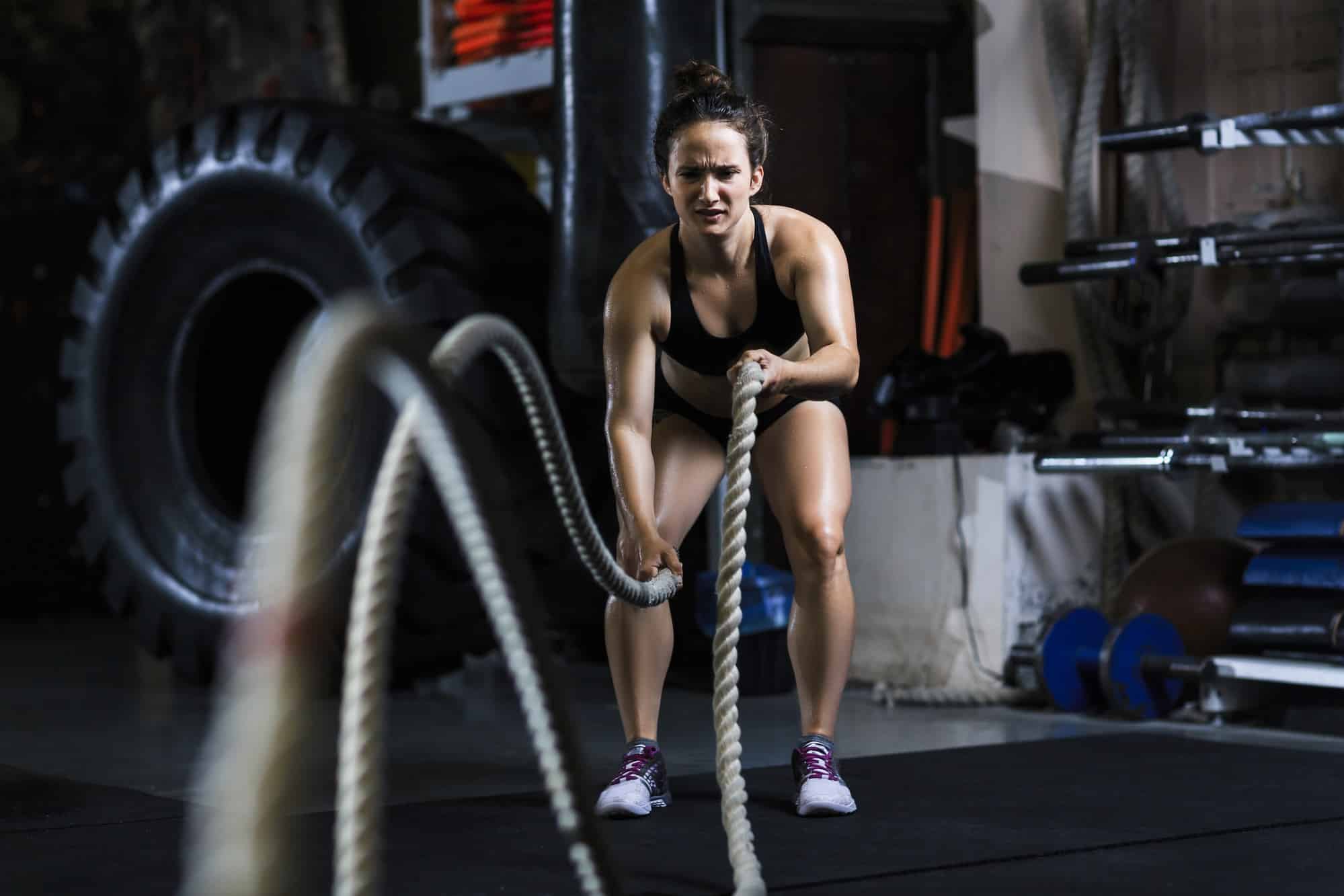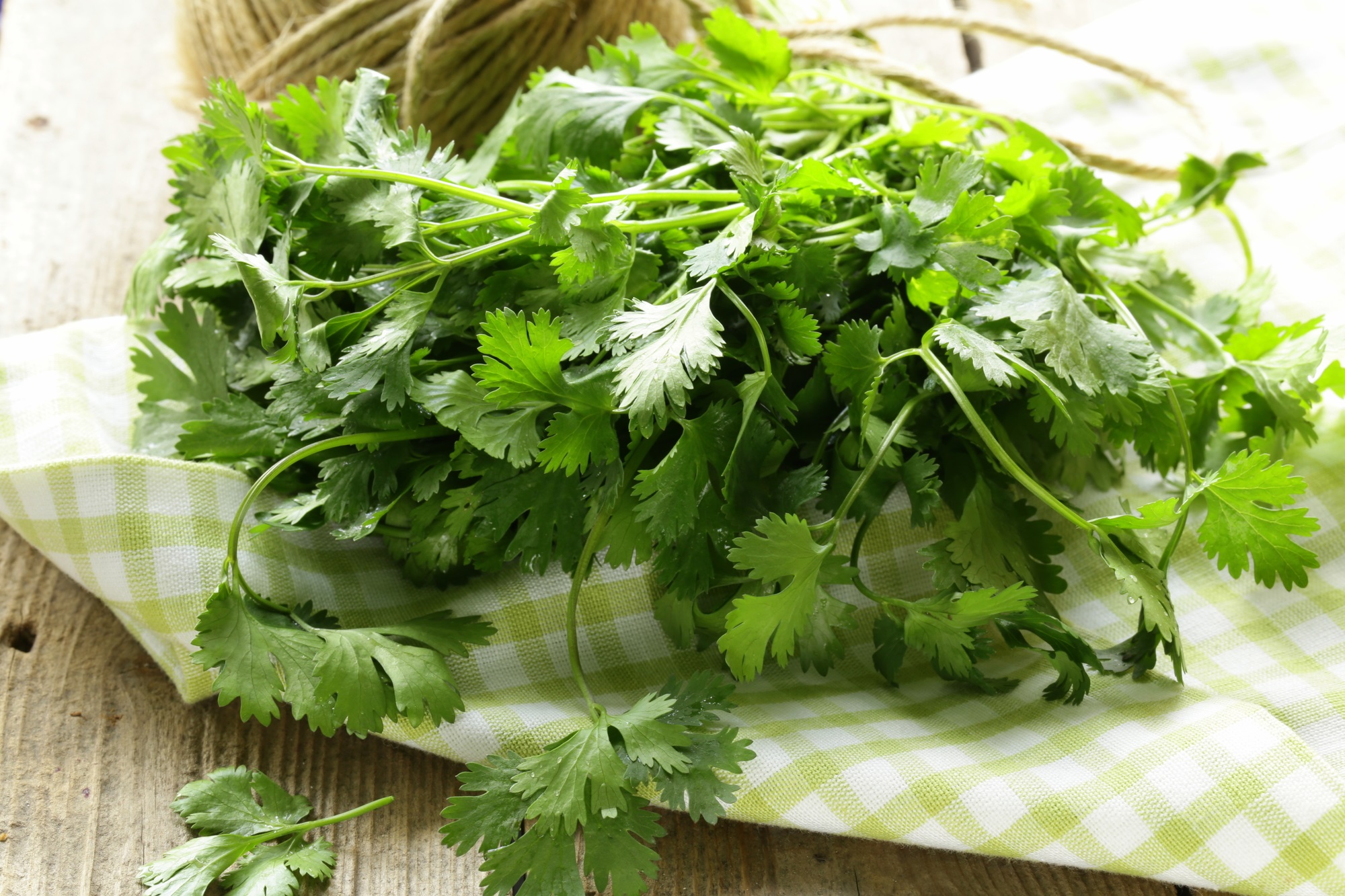Get Your Zen On For Good Health: Why It May Be Time to Try Yoga
Forget what you think you know about Yoga, if you have never tried it to augment your personal fitness, and whole-body health. Yoga is an ancient practice that embraces breathing exercises, relaxing and stress relieving meditation, and stretching that promotes strength, flexibility and improved circulation. The healing power of Yoga and the positive impact it can have on health is well documented, and regular practice of postures and meditation methods have been reported to address wellness issues, including relief of lower back pain, arthritis symptoms, carpal tunnel syndrome and insomnia.
Daily practice of yoga postures can also help:
- increase muscular flexibility
- lower blood pressure and address hypertension
- improve posture and core abdominal muscle strength
- promote weight reduction and maintenance
- improve cardiovascular and circulatory health
- reduce risk of strains, sprains and other injuries
- balance metabolism and regulate blood glucose levels
- improve incontinence
- promote healthy digestion
At any age and any life stage, there is a style of yoga from low impact to high-intensity training, that enhances health and wellness. Many studios also offer a free introductory class for new students, and economical class bundles.
The Brain Boosting Benefits of Yoga
Some physicians are routinely prescribing the practice of daily yoga, to address stress and mental well-being. According to Dr. Natalie Nevins, an osteopathic family physician and Kundalini Yoga Instructor (California), yoga promotes mental clarity and calmness, while relieving ‘chronic stress patterns’ and sharpening concentration’.
In an interview with the American Osteopathic Association, Dr. Nevins discussed that yoga practitioners have an improved sense of ‘body awareness’ and the link between the mind and body, which in some patients, has helped detect physician problems for early intervention. The deep meditative and physical calming of yoga, strengthens the connection and communication with the body, in a way that improves detection of potential health issues. For patients recovering from illness or injury, some studies suggest that yoga can also accelerate healing, and reduce pain and inflammatory symptoms.
Popular Yoga Styles to Try
If you are cleared by your primary care provider to engage in fitness activities, the practice of yoga can be the beginning of exploring more than 100 different types (or schools) of practice. The types of yoga range from beginner to advanced, with varying meditation methods and postures (asana) the provide many fitness benefits.There are many different styles of yoga to explore, from low impact meditative to HIIT (high intensity training) to improve athletic performance. We share four of the most commonly practiced yoga styles in North America.
Hatha Yoga (Beginner)
This style is best for beginners and it teaches the basic beneficial postures of yoga. In Hatha yoga, simplified poses are followed through with slower, graceful movements and positions are held, while participants are instructed to breath deeply through the duration of the asana (pose). Hatha yoga teaches participants to be aware of the energies inside the body, and the rhythmic benefit of deep breathing on stress relief and relaxation. Check out this sample of Hatha yoga on YouTube. Hatha is also an excellent place to start for families, who want to introduce the practice of Yoga to their children for relief of stress, or anxiety.
Vinyasa Yoga (Advanced)
A typical Vinyasa yoga session will burn calories, and elevate your heart rate. Rather than stretching and holding beneficial positions for longer durations, Vinyasa yoga focuses on linking movements in sequences that look more like a dance. Think of it as an ancient precursor to Zumba. Music is usually provided to move in beats and sequences that coincide with the rhythm. Vinyasa is not about relaxing, and can feel much like finishing a cross-fit class at first, which is why many endurance athletes prefer the style. Explore one sample of Vinyasa yoga on YouTube.
Bikram Yoga (Intermediate)
Sometimes referred to as ‘hot yoga’, the Bikram style sessions are usually conducted in a room that is heated to 105°F with a 40% humidity level. The whole aim of Bikram yoga is to make you sweat, and help your body expel toxins, while rehydrating before and immediately following the class. Bikram yoga sessions are always 90-minutes in length, and follow the same sequence of asana’s and breathing; over time it becomes much like a routine circuit at the gym, but it provides a strenuous workout.
Check out a Bikram yoga tutorial on YouTube.
Kundalini (Chanting)
This style of yoga is not only popular with celebrities, it is favored by people who wish to improve self-awareness, and emotional calmness and fortitude. Less of a workout and more of a spiritual journey, asana postures in Kundalini yoga are designed to break through mental barriers, and release positive energy into the body through chanting, singing and meditation. The kriyas (postures) are repetitive, but the breathing work is intensive, and many fans of Kundalini share that it provides stress relief, and promotes healing from emotional trauma. See an example of Kundalini yoga on YouTube.
The practice of yoga can take participants to local classes, but it is a low-cost fitness path and lifestyle that can also be learned independently. Comfortable clothing, a yoga mat, some relaxing ambient music and a flat surface are all the components needed to start a new healthy workout from home. Consider free resources and tutorials online, or YouTube videos to help launch your journey into improved strength, flexibility and stress relief through yoga. These techniques can all be done solo, here are some tips on staying active while social distancing.

























